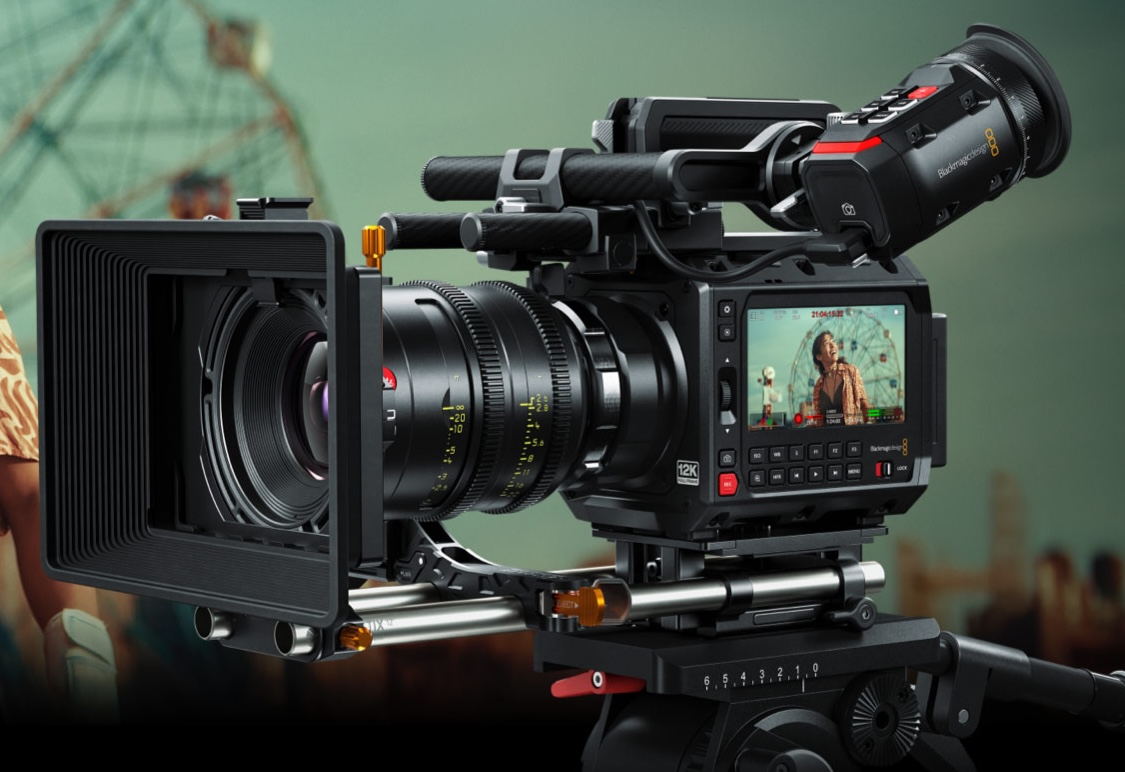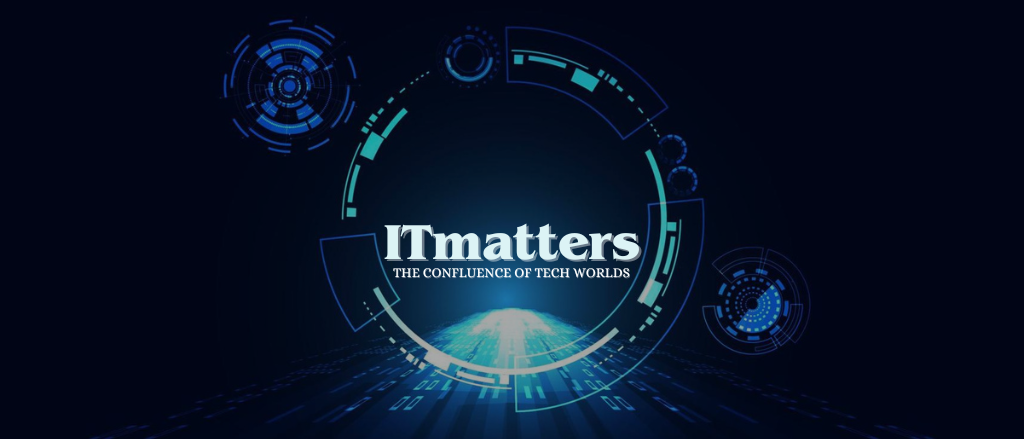
A Shockwave Hits the Filmmaking World
The filmmaking world was buzzing with excitement when the Blackmagic Pyxis 12K launched at just $5,000. A full-frame 12K cinema camera at that price seemed unreal. But within days, U.S. buyers got hit with unexpected news—the price had jumped to $6,600.
The reason? New import tariffs introduced under Donald Trump’s trade policy changes. These new tariffs target electronics and tech parts, especially from Asia. And now, cameras like the Pyxis 12K are suddenly more expensive for American buyers.
From Game-Changer to Price Climber
The Blackmagic Pyxis 12K had just started turning heads. It features a full-frame 12K sensor, 16 stops of dynamic range, and internal Blackmagic RAW recording. This made it a dream camera for indie creators and even small studios. It promised unmatched quality for its price, positioning itself as a true disruptor in the mid-range cinema camera market.
But now, with a $1,600 overnight jump, it’s no longer the budget-friendly tool it started as. At $6,600, it now costs nearly as much as established rivals like the Sony FX6 and Canon C500 Mark II — cameras that Blackmagic was trying to undercut.
What Blackmagic Design Had to Say?
In an official statement, Blackmagic Design confirmed the price increase. The company cited U.S. government tariff changes as the cause. They clarified that the increase applies only to the U.S. market. Prices in other regions remain the same — for now.
They added that tools like DaVinci Resolve Studio and Blackmagic Cloud services will not see any price changes. So software users are safe, but hardware buyers in the U.S. are now forced to rethink their budgets.
The Real Impact on Creators
This price spike comes as a blow to independent filmmakers, YouTubers, and small production houses. Many were already planning projects around the Pyxis 12K, drawn in by its unbelievable value.
Now, those plans might need a rework. Some might try to rush orders before prices change on retailer sites like B&H or Adorama, where the camera is still listed at $4,995. But stocks are limited, and listings may update soon.
For others, the price jump may push them toward older models or even used gear. Some might wait it out, hoping for a policy reversal or new pricing strategy from Blackmagic.
Why Are Tariffs Involved?
The new tariffs are part of a broader move to shift U.S. dependence away from foreign tech suppliers. The idea is to encourage domestic manufacturing and protect intellectual property.
Supporters argue that this will help build a stronger, more self-reliant tech industry in the long run. It could lead to more U.S.-based jobs and innovations. But for now, the immediate effect is increased costs for American buyers.
Global Buyers Still Safe… For Now
Outside the U.S., nothing has changed. Buyers in Europe, Asia, and elsewhere can still grab the Pyxis 12K for $5,000. That puts U.S. creators at a clear disadvantage.
This pricing imbalance might even encourage some to buy the camera overseas—if they can navigate taxes, shipping costs, and warranty issues. But that’s a risky workaround not ideal for most buyers.
What Comes Next for Blackmagic?
This isn’t just a pricing issue. It’s a reminder of how global policies can quickly affect technology access. Blackmagic has long been known for making high-end gear affordable. That mission now faces serious challenges in the U.S.
Will the company find ways to cut costs or shift production? Could software and services become its new focus in tariff-heavy markets? These are questions the industry will be watching closely in the coming weeks.
Should You Buy the Pyxis 12K Now?
If you’re in the U.S. and have been eyeing the Pyxis, this might be your last shot to grab it at the original price. Retailers haven’t all updated their listings, but the window is closing fast.
On the other hand, if you’re hoping the tariffs get rolled back, you could wait. But there’s no guarantee that will happen soon. And if Blackmagic changes its production strategy, future price cuts might not come at all.
